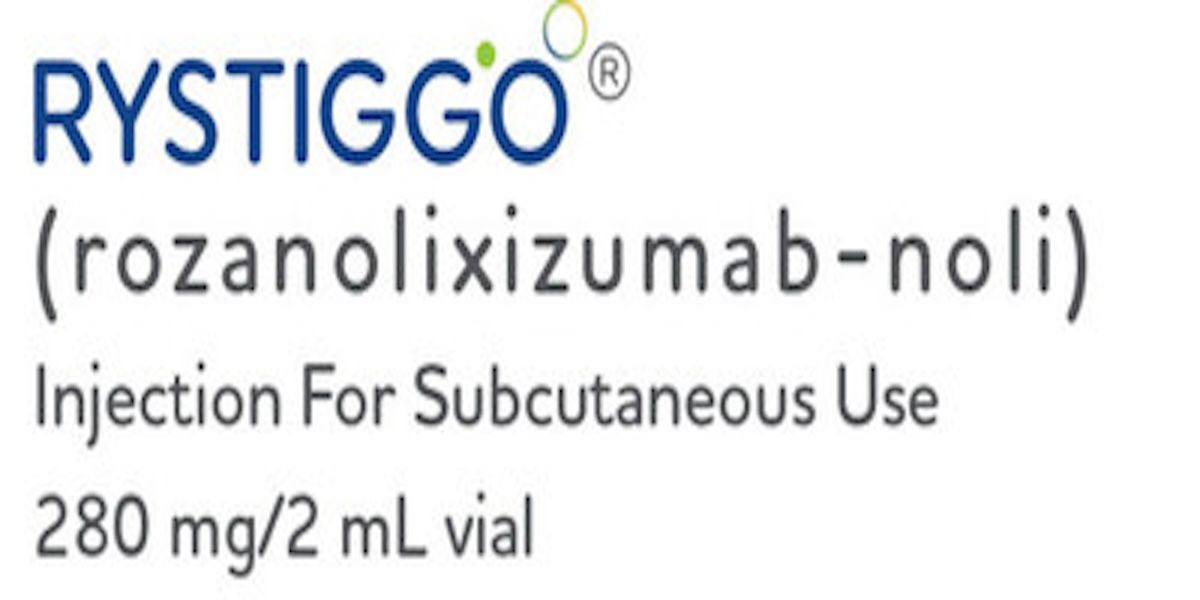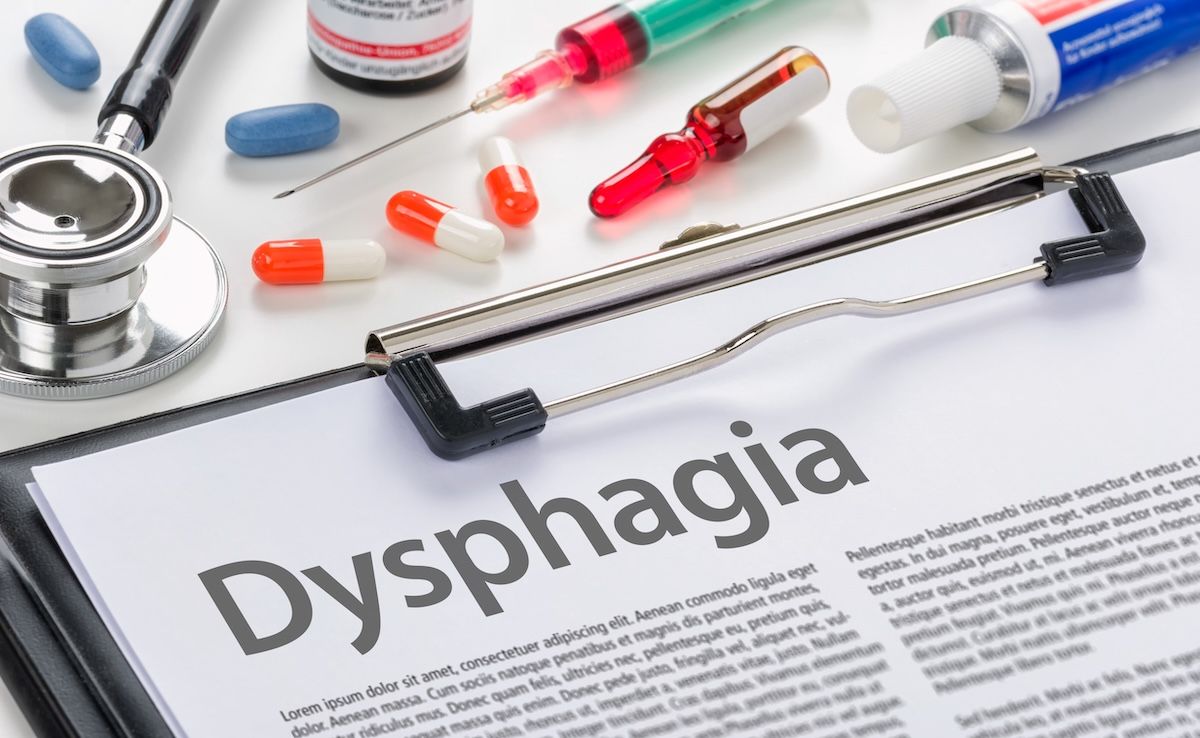News
Article
Understanding Patient Perspectives Around Myasthenia Gravis Treatment May Help Optimize Care
Author(s):
Key Takeaways
- Patients with MG express frustration over treatment inertia and clinician-patient disconnect, impacting their emotional well-being.
- AI analysis of social media revealed fear as the most common emotion, linked to symptoms like muscle weakness and dysarthria.
Patients with myasthenia gravis (MG) largely expressed negative emotions around MG treatment and symptom burden in patient focus groups and on MG social media discussion boards.
Patients with myasthenia gravis (MG) often feel negative emotions around treatment, and considering patient preferences may help optimize and personalize treatment, and thereby improve patients' overall well-being, according to a study that relied on patient focus groups and artificial intelligence (AI)–powered analysis of social media discussions, published in Health Science Reports.1
“In our study, certain posts indicated patients' frustrations due to the lack of treatment change or the persistent use of the same type of treatment (i.e., treatment inertia). Some patients also expressed feeling their symptoms were disregarded by their clinician. This may suggest a clinician–patient disconnect, emphasizing the need for treatment discussions that factor in considerations about the patients' quality of life and their treatment priorities,” the authors wrote.
Understanding patient and care partner perspectives and preferences is crucial for MG treatment because of the high symptom and treatment burden of MG | Image Credit: © Halfpoint - stock.adobe.com

Understanding patient and care partner perspectives and preferences is crucial for MG treatment because of the high symptom and treatment burden of MG, according to the study, which analyzed adult patient perspectives in the US from 2020 to 2022. Despite existing treatment guidelines for MG, there exists no consensus on the definition of optimal disease control, the authors stated.
Symptom-related opinions online regarding MG were categorized as negative (78%), neutral (19%), or positive (3%). The most common symptoms mentioned were dysarthria, muscle weakness, and dysphagia. In terms of MG treatment, 67% of posts were neutral, 29% were negative, and 4% were positive.
Opinions were solicited via structured discussions on Inspire.com communities and open social media such as Reddit, Instagram, X (formerly known as Twitter), and Facebook. Perspectives were analyzed using AI-powered voice analysis tools. A total of 11,554 distinct posts were identified from 8321 patients with MG.
Fear (69%) was the most common emotion expressed of 5 emotion categories for symptom-related comments analyzed by the AI tool, with muscle weakness as the top symptom that patients connected with fear, followed by dysarthria and difficulty breathing.
Negative social media posts about treatment focused on adverse events, unstable disease control, and treatment inertia.
Virtual focus groups in June 2023 included 12 patients with MG, who had a mean age of 52 years, and 3 care partners. Participants prioritized fast-acting, convenient treatment; symptom control with minimal adverse effects; and preventing potential MG crises in their current treatment. Expectations for new treatment included increased effectiveness, less frequent dosing, faster onset, and fewer adverse effects. Participants said they valued direct involvement in treatment decisions and were open to wearable medication delivery systems placed on the body. Participants were mostly female (60%) and White (60%), and 8 respondents (5 patients and 3 care partners) said they or their loved one had received an MG diagnosis between 1 and 5 years earlier.
According to a 2023 study, patients with MG reported an average of 16 symptoms including eyelid drooping (93%), physical fatigue (89%), symptoms affecting the legs (82%), difficulty breathing (82%), and difficulty holding head up (82%).2 Nearly all participants reported variations in symptoms and severity. All patients revealed negative emotional impacts, including on their job and finances. Their top treatment goal was minimization of the emotional impact.
The new study was sponsored by Janssen Pharmaceuticals.1
“In our focus groups, the relationship between treatment factors and possible improvement in quality of life was a driving factor for our participants' treatment decisions,” the authors wrote. “Findings from this study also emphasized the importance of treating holistically and factoring in patient preferences that could result in improved quality of life.”
References
- Yung M, Narayanaswami P, Pesa J, et al. Patient and care partner perspectives and preferences related to myasthenia gravis treatment: a qualitative study. Health Sci Rep. 2024;7(9):e70081. doi:10.1002/hsr2.70081
- Jackson K, Parthan A, Lauher-Charest M, et al. Understanding the symptom burden and impact of myasthenia gravis from the patient's perspective: a qualitative study. Neurol Ther. 2023;12(1):107-128. doi: 10.1007/s40120-022-00408-x

Rozanolixizumab Remains Consistently Safe, Effective for gMG




